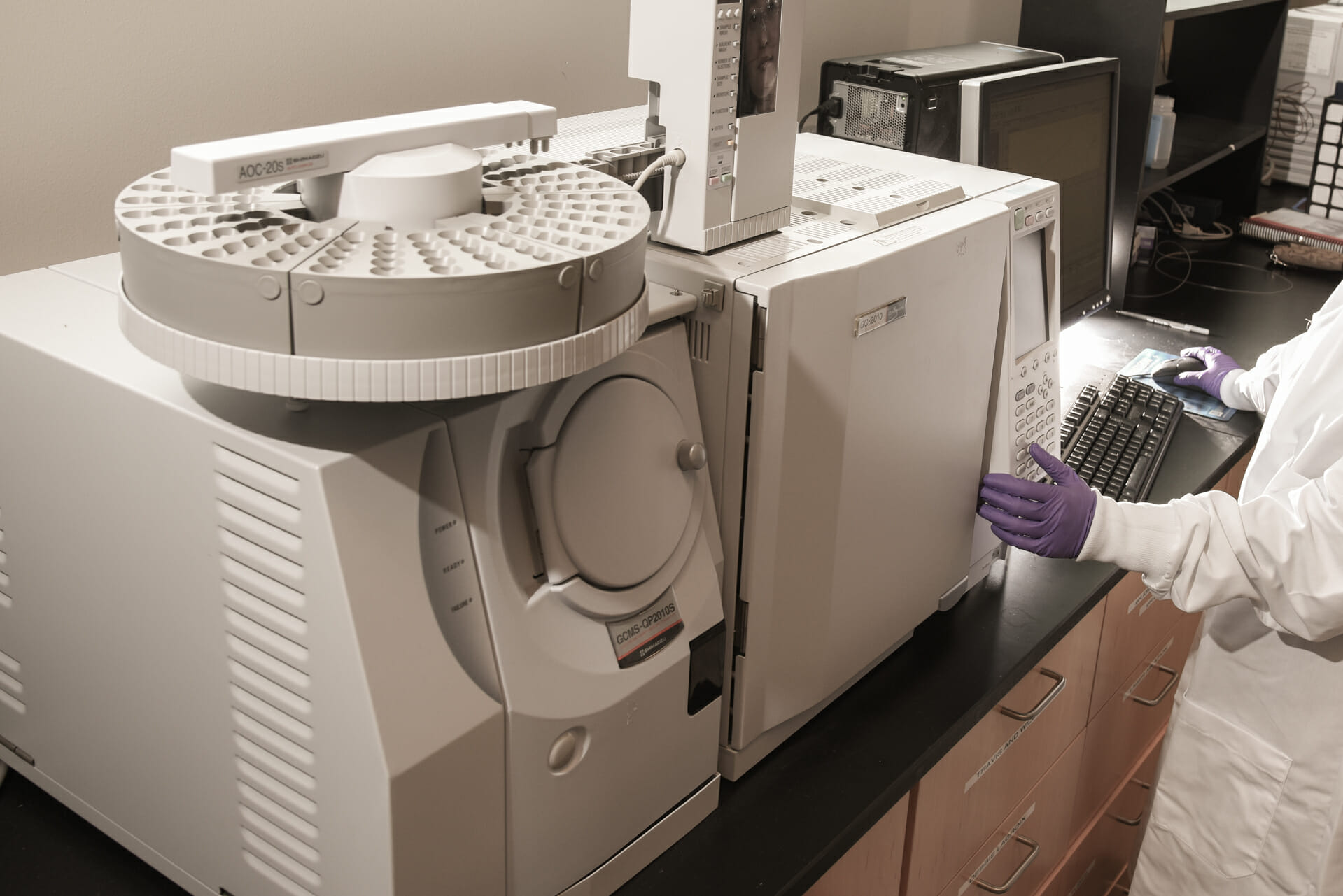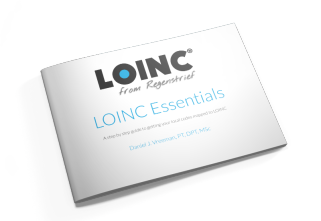Think about clinical laboratory results, which contribute to so many health decisions. It’s time consuming, complex, and resource intensive to have the providers and public health agencies standardize the results they receive from many labs. Yet there is a source even further upstream than the labs performing the tests; the vendors of in vitro diagnostic (IVD) tests are really the head waters.
With a new industry-developed specification for publishing vendor test result to LOINC code mappings and multiple federal agencies encouraging IVD vendors to help improve lab data interoperability, the time is right for IVD vendors to get involved.
In fact, I believe that IVD vendors are essential partners in achieving the interoperability we need in healthcare.

The global forces demanding health data interoperability
Observant IVD vendors will recognize that the push for health data interoperability is coming at their customers (labs and sometimes patients) from many directions.
In clinical care, we see the global movement towards precision (or personalized) health emphasizing care that account for individual differences in people’s genes, environment, and behaviors. We are still a long ways off from really living up to the hype of precision medicine. But, we are slowly filling in the gaps of information that clinicians need for complete picture of patient at the time of care. Achieving the vision of precision health requires connected systems that can incorporate many different types of data, generated in many different places, and represented in many different formats. In other words, we need a network of systems that are interoperable.
At the same time, there are global trends of increased consumer choice, access, and participation in health. Putting the patient at the center depends on having health IT systems that work seamlessly together.
Efforts to reform payment policies are now focusing on the value provided and health outcomes achieved, rather than just reimbursing for performing specific services. Success in a value-based payment model requires coordination across settings and providers, which means that IT systems need to better integrate data across them.
At the same time, we see population health analytics and other “big data” applications that are taking in many different information streams. Pooling data from multiple sources requires interoperability too.
And last, in clinical research too, we see efforts like the U.S. FDA who recently set policy require standard coding for lab data.
What is needed
Adopting and using health data standards is the only way to achieve this kind of interoperability.
We need technical standards that organize the shape and format of the data into common structures, and we need semantic standards so that the clinical content inside those structures can be understood by different computer systems.
IVD vendors can help tremendously
IVD vendors can be essential partners in achieving the interoperability we need in healthcare.
First, IVD companies can work with standards development organizations to ensure that the tests and results for your products are represented in health terminology standards.
Once those codes from terminology standards have been identified, IVD vendors can make them readily available for your customers in an easy to consume manner. Some are already publishing the list of LOINC codes for their test results in technical documents for their customers. The new LIVD specification, developed by the industry group IICC, offers a simple format for this purpose.
LIVD facilitates publishing and exchanging LOINC codes for vendor IVD test results, based on either vendor IVD test transmission codes or manual test identification. Laboratory personnel or laboratory applications can use this format to massively simplify the mapping between vendor IVD test transmission codes and LOINC codes. Not only will this save time, but it will also significantly reducing the risk of erroneously mapped test results and units of measure (UCUM).
IVD vendors should also consider participating in the development of data exchange specifications like HL7 and IHE so that the standards developed meet their needs, particularly within the laboratory. For example, standards like the IHE LAW profile can enable plug-n-play connectivity between instruments, middleware, and LIS systems in the laboratory.
IVD vendors can leverage these standards in their products to help create a more seamless flow of data inside and outside of the lab. Many IVD vendors are looking for simpler solutions to integrate patient data from the EHR with specimen data from the LIS. The adoption of HL7’s FHIR standard by many of the major EHR vendors offers a new world of innovative possibilities.
Benefits to clinical laboratories
Many laboratories around the world are being asked to send their test results to hospital and provider systems in a standardized electronic format. But, identifying the standard codes that correspond with their internal local codes requires resources and expertise that many laboratories lack.
IVD vendors can massively simplify the process by identifying the correct standard codes. Lab professionals need only to look at a few relevant codes from the reference material rather than hunting through tens of thousands of possible codes from the standard terminology. This has the potential to dramatically improve the efficiency and consistency of applying standardized coding.
The end we have in mind
We all want to help people achieve optimal health by providing care that is effective and efficient. At its core, healthcare is an information business, and we need connected and interoperable IT systems to deliver on those goals. When standardized data flows freely from laboratories, all of the downstream systems and processes benefit.
Interoperable health IT systems are essential for realizing the promise of personalized medicine by getting all of the right information when and where it is needed. A seamless network will help clinicians have access to the information they need to make good decisions and patients to receive better and more convenient care because their data are more portable.
At the organizational level, we need interoperable systems for implementing evidence-based care pathways and optimizing the health of our patient populations.
Ultimately such interoperability will enable health systems that are capable of learning and improving more rapidly because they gain new insights from the data substrate.

